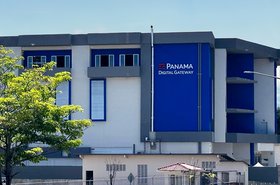Ericsson has this week confirmed it will invest an additional $50 million to expand its four-year-old 5G Smart Factory in Lewisville, Texas.
The investment will enable Ericsson to expand its production of radios and baseband units in the US.
Ericsson said this week that the $50m investment "will further accelerate local production to address the demand for 5G infrastructure made in the USA, compliant with the Build America Buy America Act (BABAA)."
“This 5G Smart Factory ensures we are working closely to secure fast and agile deliveries to meet US customer requirements, and it has been exciting to see the growth and innovation of our state-of-the-art facility in just a few short years,” said Yossi Cohen, president and head of Ericsson North America.
“With this expansion, we can accelerate the production of Ericsson’s advanced Massive MIMO radios and our latest RAN Compute platform, all proudly made in the USA, addressing the evolving demands of our US customers and reinforcing our commitment to technological leadership.”
The vendor opened the 300,000-square-foot Texas 5G Smart Factory just before the Covid-19 pandemic, with an initial investment of $100m.
More than 500 people work at the automated factory, where Ericsson has carried out several 5G deployments and has been shipping 5G network products, including 5G and Massive MIMO radios, to all tier-one communications service providers in the US.
Ericsson's commitment to investing in further Open RAN hardware follows the $14 billion contract it signed in December to build AT&T's Open RAN network.
The US has sought to develop open radio units, which are built in the US or with its global allies and partners, and not vendors from nations it deems to be a security risk.
Open RAN promotes a new breed of telecoms kit that allows providers to ‘mix and match’ solutions from multiple vendors, which is impossible with proprietary network equipment.
Telcos are expected to invest more than $30 billion in Open RAN by the end of the decade, according to analyst firm Counterpoint Research.
More in North America
-

-

-

Discussion Badge Collection & Concierge




